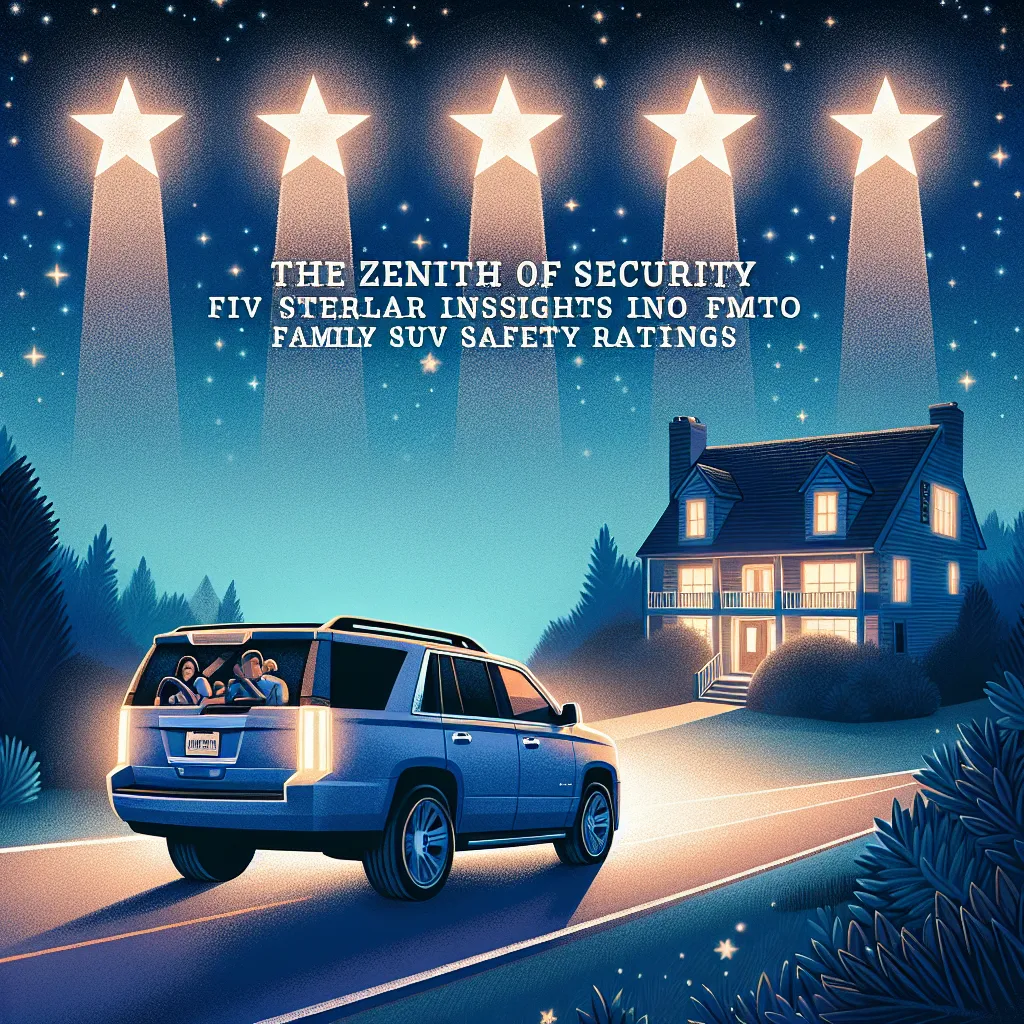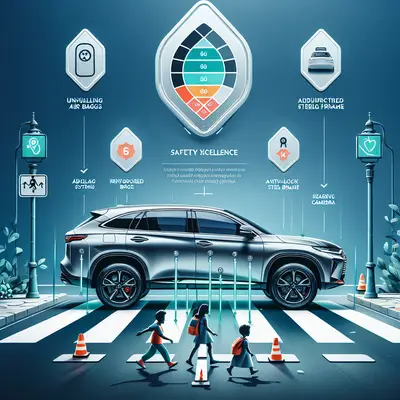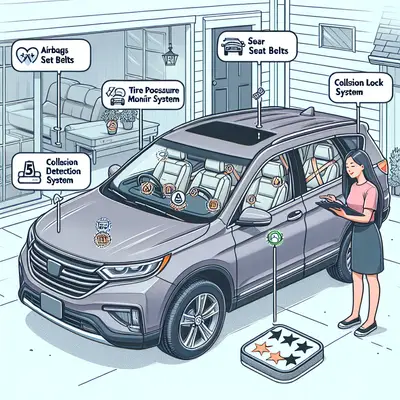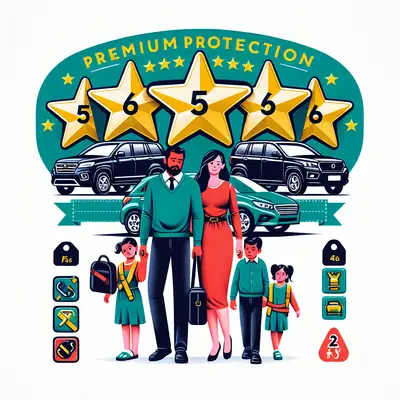As the world evolves, so does the automobile industry. Safety, once an afterthought, has now become the cornerstone of vehicle design, especially for family SUVs. With an array of safety features and ratings to consider, making the right choice can be daunting. To simplify your journey, we delve into the labyrinth of safety ratings, providing five stellar insights that illuminate the path to selecting the perfect family SUV.
The Genesis of Ratings
Understanding the origin of safety ratings is crucial. These ratings are developed by independent authorities such as the National Highway Traffic Safety Administration (NHTSA) and the Insurance Institute for Highway Safety (IIHS). These organizations conduct rigorous testing on vehicles, offering a clear picture of their safety potential. When selecting an SUV, it is essential to examine the ratings from these trusted sources.
The Artistry of Active Safety
Active safety features are the vanguards of prevention. They include advanced technologies such as automatic emergency braking, lane departure warning, and blind-spot detection. These systems work in harmony, actively scanning the environment to identify and mitigate potential risks. An SUV with a comprehensive suite of active safety features signifies a commitment to protecting your family.
The Elegance of Passive Safety
While active safety features work to prevent accidents, passive safety features are designed to protect occupants when an accident occurs. These include elements such as airbags, seatbelts, and crumple zones. The sophistication of these features can dramatically impact the SUV's safety ratings. Therefore, an SUV's passive safety features are of equal importance to active safety in the quest for total protection.
The Symphony of Structural Integrity
The structural integrity of an SUV plays a critical role in its safety ratings. A robust and resilient structure can safeguard the occupants by absorbing and dispersing the energy of an impact. Thus, when assessing a family SUV, pay close attention to its build quality and the materials used in its construction.
The Future of Safety: Autonomous Driving
Autonomous driving is the frontier of vehicle safety. Self-driving technologies offer the promise of significantly reduced accidents. Currently, semi-autonomous features like adaptive cruise control and self-parking are making their way into mainstream family SUVs. As this technology advances, it will play an increasingly pivotal role in safety ratings.
Conclusion
Choosing a family SUV is a decision of paramount importance. It's not just about comfort and aesthetics; safety is the cornerstone. Understanding the nuances of safety ratings and features will enable you to make an informed choice. Remember, the true value of a vehicle lies not in its luxurious trappings but in the shield of safety it provides to your family.



